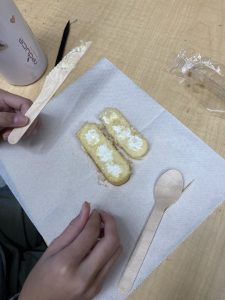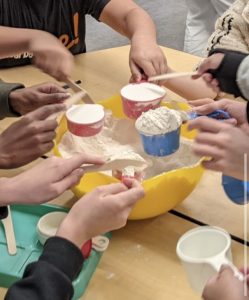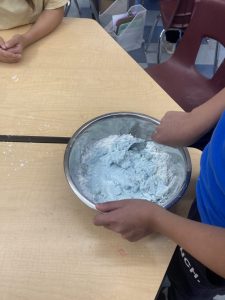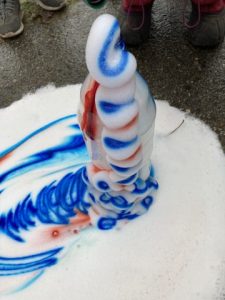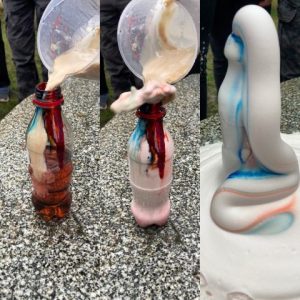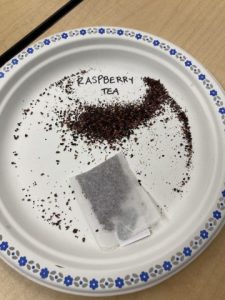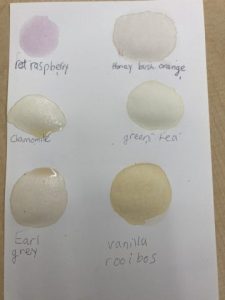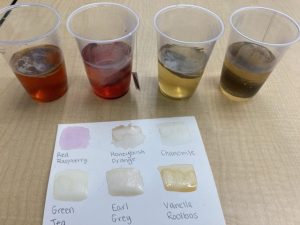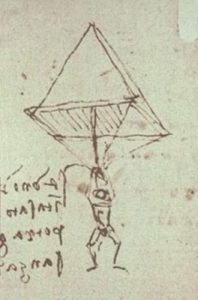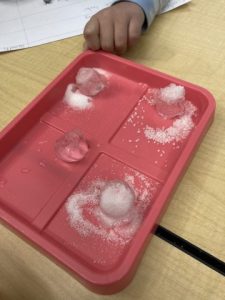Would you be able to tell how much a bar of chocolate costs just by tasting it? Our class put our skills to the challenge yesterday but investigating the appearance, smell, texture, and taste of 6 different chocolates (of varying price points).




Many of us were able to try and make educated guesses about how much each chocolate cost. We learned that usually, chocolate with a smoother texture and more defined cocoa flavour could be more expensive due to ingredients and labour. We also learned that most fair-trade and rainforest-certified chocolate is more expensive.

